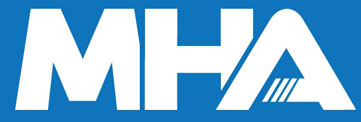National Safe Work Month 2025
Date Posted:8 October 2025
October marks National Safe Work Month, led by Safe Work Australia to raise awareness of workplace health and safety. The 2025 theme, “Safety: Every Job, Every Day”, reminds all industries that safety is a daily responsibility. Find out more.
National Safe Work Month 2025: Building Safer Workplaces Together
Here are the key points you need to know about National Safe Work Month 2025:
-
Theme: “safety: every job, every day” — making WHS a daily responsibility across all industries.
-
In 2023, 200 workers were killed and 139,000 serious injury claims were lodged — showing why safety must remain a priority.
-
Safe Work Australia is the national policy body representing the interests of the Commonwealth, states and territories, as well as workers and employers.
Every October, Safe Work Australia leads the nation in recognising National Safe Work Month — an initiative dedicated to raising awareness of workplace health and safety across all industries.
Whether in construction, logistics, healthcare, retail, or hospitality, every workplace has a responsibility to ensure the safety and wellbeing of its people.
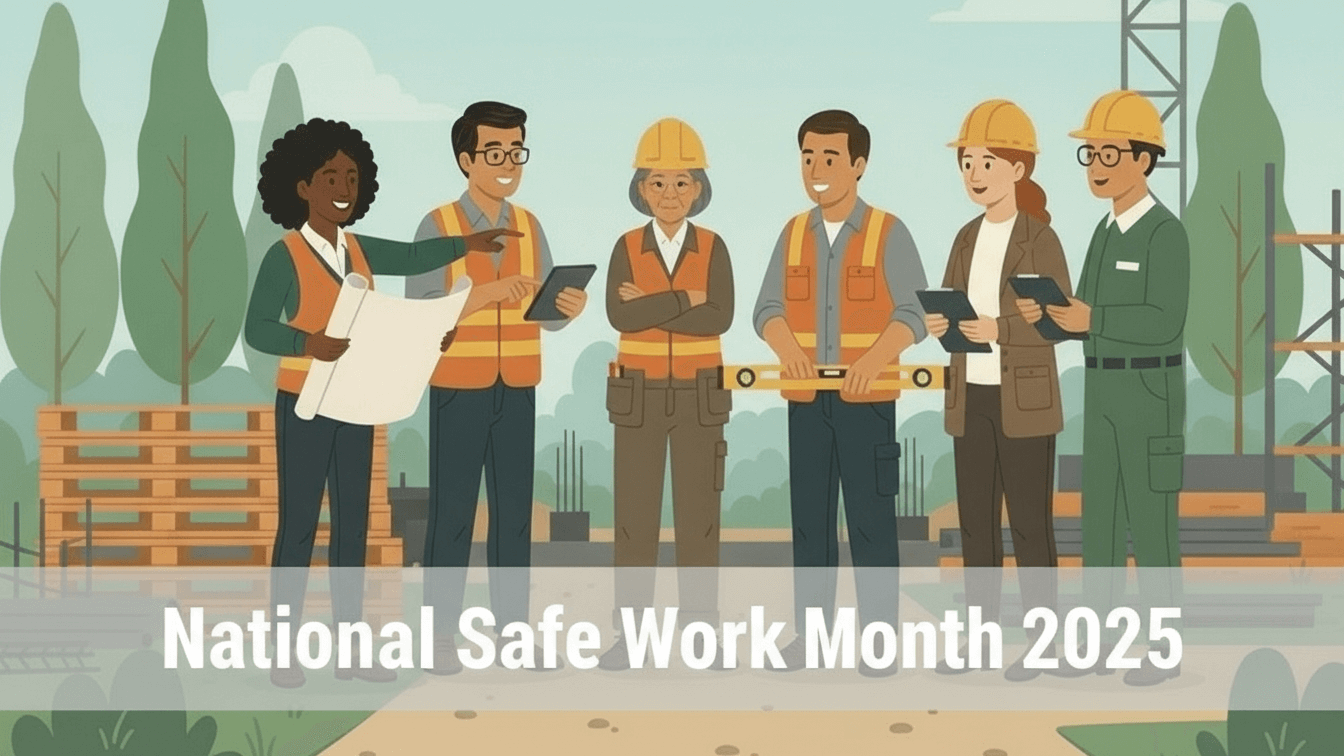
Who is Safe Work Australia?
Safe Work Australia is the national policy body representing the interests of the Commonwealth, states and territories, as well as workers and employers.
Its role is to develop national policy that improves WHS and workers’ compensation arrangements across Australia.
While it provides guidance and resources, Safe Work Australia does not regulate WHS laws or enforce compliance. This responsibility lies with the individual state and territory regulators.
This Year’s Theme: Safety: Every Job, Every Day
The 2025 theme, “safety: every job, every day”, is a reminder that health and safety is not a once-a-year campaign, but a daily responsibility. It applies equally to every occupation, location, and business size.
By practising safety every day, workplaces can reduce the rate of fatalities, serious injuries, and illnesses, ensuring that every worker goes home safely.
Why Workplace Safety Matters in Every Industry
Workplace health and safety is not limited to high-risk sectors like construction or mining. Hazards exist in every workplace, from manual handling injuries in warehouses, to slips and trips in hospitality venues, to ergonomic issues in office environments.
Safe Work Australia’s latest data shows that “in 2023, 200 workers in Australia were fatally injured at work and there were 139,000 workers’ compensation claims for serious injuries and illnesses.”
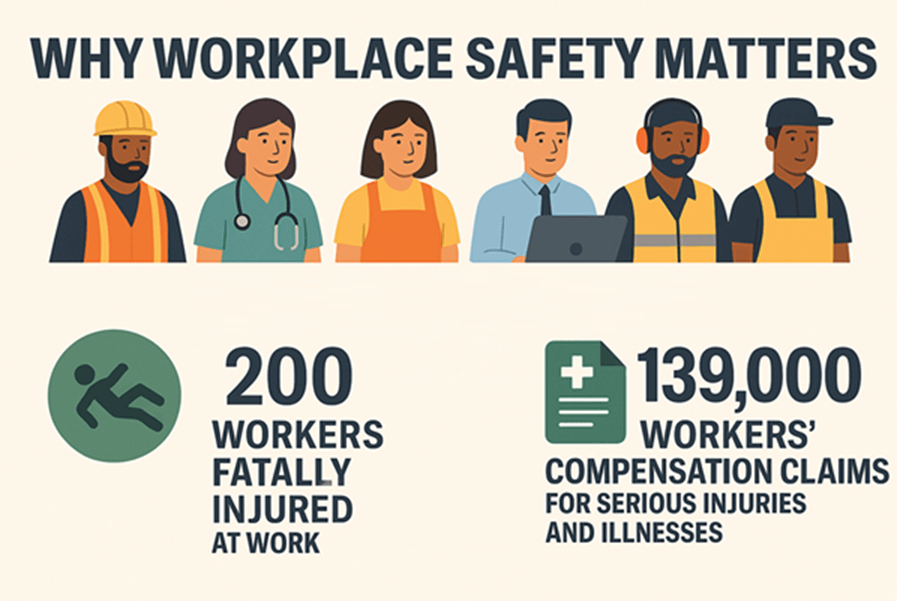
While fatality and injury rates have fallen significantly over the last decade, the people and stories behind these numbers remind us that no level of workplace harm is acceptable.
As Safe Work Australia emphasises, “no job should be unsafe, and no workplace death or injury is acceptable”. A safe and healthy workplace is not just a goal — it’s a fundamental right.
This is why every October since 2009, National Safe Work Month calls on businesses and workers to reflect on their practices, raise awareness of WHS, and take action to achieve the vision of safe and healthy work for all.
The initiative highlights that every worker deserves to go home safe, every day.
Understanding the Story Behind Work-Related Statistics by State
The latest data from Safe Work Australia and the state regulators paints a clear picture — while overall workplace injury and fatality rates have declined over the past decade, the toll remains far too high.
In 2023 alone, 200 workers lost their lives due to work-related incidents, and over 139,000 serious injury claims were recorded nationally.
These figures highlight an important truth: safety risks exist across every industry, regardless of size or sector.
The longer median recovery times and higher compensation payouts in some states — such as Victoria (21.2 working weeks) and Western Australia (10.8 working weeks) — suggest that certain industries or tasks continue to carry greater hazards.
For instance, construction, transport, warehousing, and manufacturing consistently account for a large portion of serious claims.
| StateState | AuthorityAuthority | Workers' Compensation Claims – 2023Claims ’23 | Median Time Lost (working weeks) – 2022Time Lost ’22 | Median Compensation Paid – 2022Comp Paid ’22 | Workers Fatally Injured – 2023Fatalities ’23 |
|---|---|---|---|---|---|
| - | Safe Work Australia | 139,002 | 7.2 | $14,416 | 200 |
| NSW | SafeWork NSW | 56,404 | 4.2 | $10,574 | 60 |
| QLD | WorkSafe Queensland | 33,832 | 6.4 | $11,332 | 51 |
| VIC | WorkSafe Victoria | 22,130 | 21.2 | $26,351 | 37 |
| WA | WorkSafe Western Australia | 12,550 | 10.8 | $27,858 | 27 |
| SA | SafeWork SA | 6,042 | 8.2 | $18,494 | 17 |
| TAS | WorkSafe Tasmania | 3,669 | 4.9 | $10,361 | 2 |
| ACT | WorkSafe ACT | 1,613 | 7.2 | $19,676 | 1 |
| NT | NT WorkSafe | 739 | 6.0 | $14,021 | 5 |
Swipe sideways to view all columns
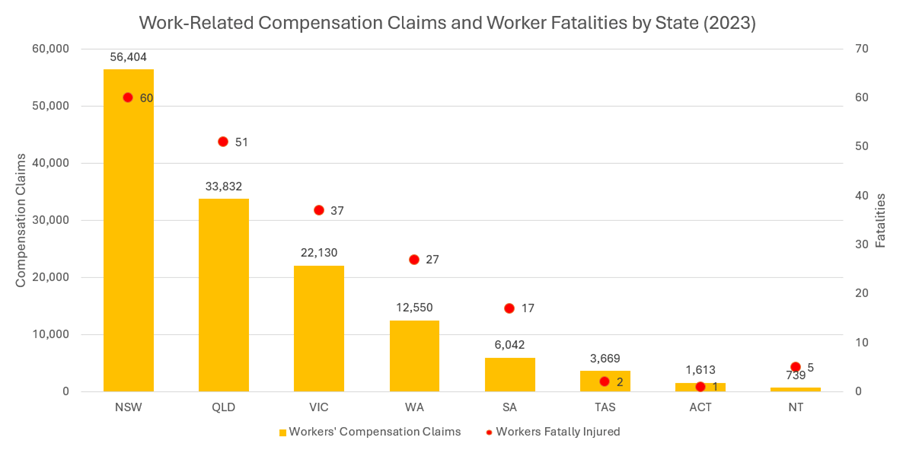
Source: Safe Work Australia – Work-related Fatalities Interactive Dashboard and Workers’ Compensation Interactive Dashboard (accessed October 2025).
The variation between states also reflects differing economic activity and workforce composition.
-
New South Wales (56,404) and Queensland (33,832) report the highest number of total claims, aligning with their larger populations and concentration of industrial and logistics operations.
-
Victoria ($26,351) and Western Australia ($27,858), despite fewer claims, show higher median compensation costs and longer recovery times, suggesting more severe injuries or longer rehabilitation needs.
-
Smaller states, like the Northern Territory and Tasmania, still face unique safety challenges tied to remote operations, smaller workforces, and resource-heavy industries.
These patterns underline the importance of continuous safety education, proactive hazard management, and equipping teams with the right tools — particularly in environments with high manual handling and machinery use.
Interpreting Safe Work Australia’s Dashboards
For businesses seeking to better understand workplace safety trends, Safe Work Australia’s interactive dashboards are invaluable.
-
The Work-related Fatalities Dashboard allows users to explore incidents by industry, state, occupation, and cause, helping identify which sectors face the greatest risks.
-
The Workers’ Compensation Dashboard provides deeper insight into the types of injuries most frequently reported, the average time lost, and the associated costs.
These tools empower WHS professionals, business owners, and managers to make data-driven decisions — from identifying recurring hazards to refining risk management strategies.
Regularly reviewing this data can help organisations target their safety efforts more effectively, ensuring compliance and reducing both human and financial costs of workplace incidents.
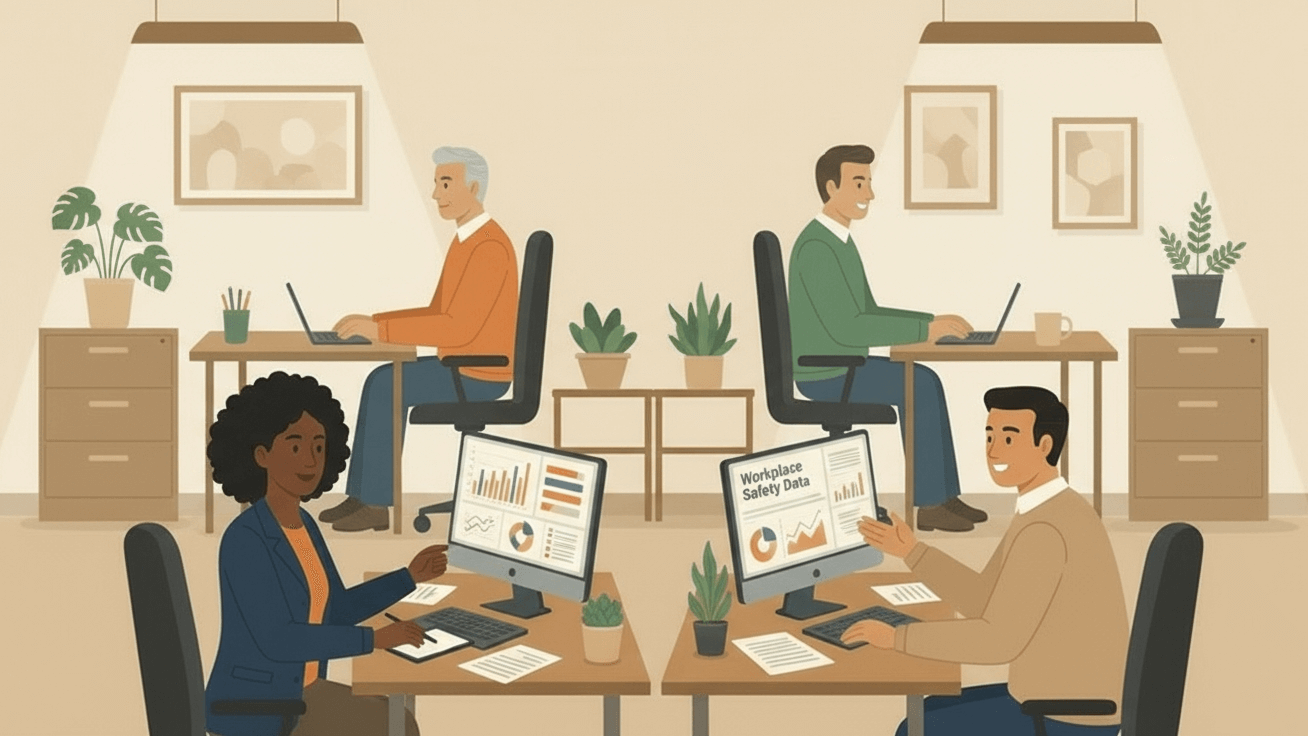
Making “Safety: Every Job, Every Day” a Reality
The 2025 theme is more than a message. It’s a call to action for every workplace to make safety part of their everyday routine.
To help, Safe Work Australia is focusing on the risk management process week by week throughout October:
-
Week 1: Identify hazards
-
Week 2: Assess risks
-
Week 3: Control risks
-
Week 4: Review controls
This approach provides organisations with practical resources to guide discussions and activities, making WHS improvements easier to implement.
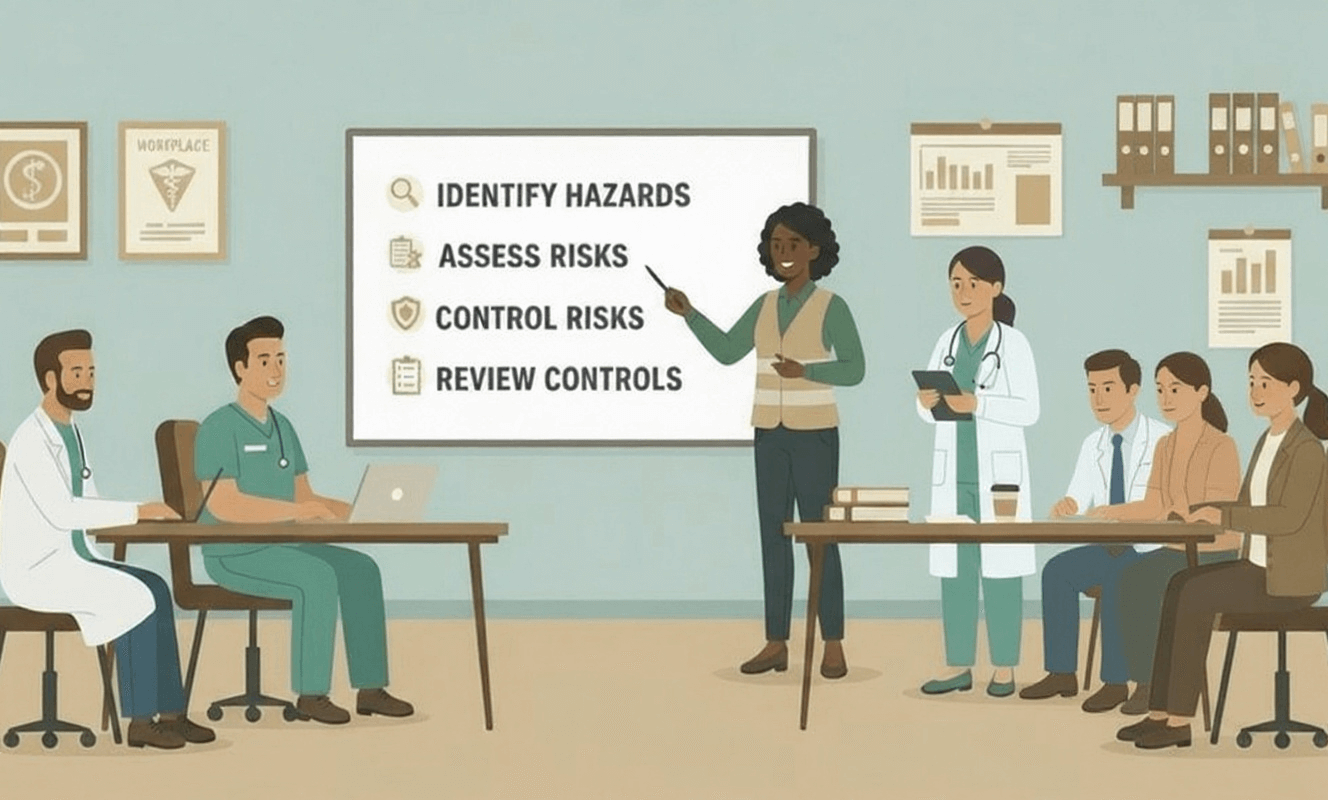
Events and Resources Across Australia
Throughout October, state and territory workplace safety authorities and others host events, campaigns, and workshops to support the message of safer workplaces.
These events are designed to provide practical resources, case studies, and tools to help employers and workers reduce risks and strengthen their safety culture.
National Safe Work Month is also a chance to pause and start conversations about safety. Toolbox talks, safety-focused team meetings, or informal catch-ups like SafeTea sessions are simple yet effective ways to raise awareness and encourage participation.
Importantly, National Safe Work Month is for everyone:
-
Employers can engage with staff, review risks, and plan workplace activities.
-
Sole traders and contractors can reflect on how they manage both physical and psychosocial hazards.
-
Workers can talk with WHS officers, managers, or safety reps about how to get involved.
-
Health and Safety Representatives (HSRs) can lead activities and connect workers and employers.
-
Industry organisations and unions can share campaign resources with their members.
By setting aside time in October to review and strengthen WHS practices, businesses and workers alike can help make safety: every job, every day a reality.
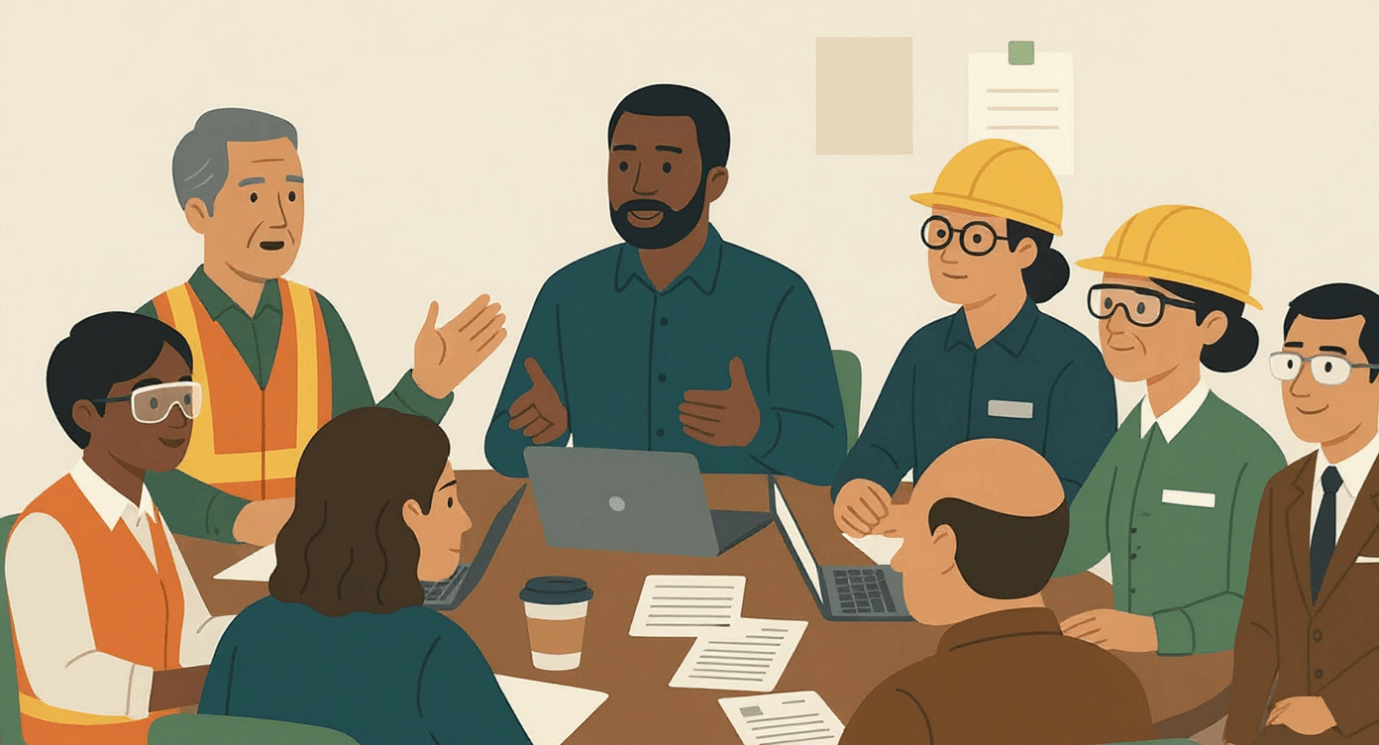
Verdex Supports Safer Workplaces
At Verdex, we strongly support the mission of National Safe Work Month. We believe that safe workplaces are productive workplaces, and we’re proud to supply businesses with the workplace safety equipment and material handling solutions they need to minimise risks and keep teams safe.
From personal protective equipment (PPE) to spill containment, signage, lifting equipment and materials handling equipment, our products are designed to assist organisations in creating safer, more compliant work environments.
Final Thoughts
National Safe Work Month is a reminder that workplace health and safety is everyone’s responsibility.
By staying informed, engaging with the initiatives, and equipping teams with the right tools, businesses can create environments where safety is a core value, not an afterthought.
Verdex is proud to support Safe Work Australia and the state-based regulators in promoting safer workplaces. If your business is looking for practical solutions to enhance safety, our team is ready to help.
































































































































 Trolleys & Hand Trucks
Trolleys & Hand Trucks Cage Trolleys
Cage Trolleys Cleaning Carts & Trolleys
Cleaning Carts & Trolleys Construction Trolleys
Construction Trolleys Custom Trolleys
Custom Trolleys Hand Trucks & Dollies
Hand Trucks & Dollies Laundry/Linen Trolleys
Laundry/Linen Trolleys Lifting Trolleys
Lifting Trolleys Order Picking Trolleys
Order Picking Trolleys Panel Cart Trolleys
Panel Cart Trolleys Platform Trolleys
Platform Trolleys Powered Trolleys
Powered Trolleys Shelf & Tiered Trolleys
Shelf & Tiered Trolleys Shopping Trolleys
Shopping Trolleys Stainless Steel Trolleys
Stainless Steel Trolleys Tool Trolleys
Tool Trolleys Utility & Service Carts
Utility & Service Carts Lifting & Handling Equipment
Lifting & Handling Equipment Forklift Attachments
Forklift Attachments Jib Attachments
Jib Attachments Lifting Hoists & Pallet Hooks
Lifting Hoists & Pallet Hooks Load Skates & Tow Tugs
Load Skates & Tow Tugs Manual Stackers & Lifters
Manual Stackers & Lifters Pallet Jacks
Pallet Jacks Pallet Lifters
Pallet Lifters Pallet Rotators & Dispenser
Pallet Rotators & Dispenser Powered Pallet Trucks & Electric Lifters
Powered Pallet Trucks & Electric Lifters Scissor Lift Trolleys and Tables
Scissor Lift Trolleys and Tables Conveyor Equipment
Conveyor Equipment Conveyor Frames & Stands
Conveyor Frames & Stands Roller & Skate Conveyors
Roller & Skate Conveyors Ladders & Access Equipment
Ladders & Access Equipment Container & Yard Ramps
Container & Yard Ramps Ladders & Step Stools
Ladders & Step Stools Work Platforms & Crane Cages
Work Platforms & Crane Cages Drum Handling Equipment
Drum Handling Equipment Drum Storage & Bunding
Drum Storage & Bunding Drum Trolleys & Lifters
Drum Trolleys & Lifters Forklift Drum Handling
Forklift Drum Handling Waste Handling & Bins
Waste Handling & Bins Bin Lifters & Tippers
Bin Lifters & Tippers Plastic Waste & Wheelie Bins
Plastic Waste & Wheelie Bins Steel Waste & Tipping Bins
Steel Waste & Tipping Bins Waste Carts
Waste Carts Dangerous Goods Storage & Spillage
Dangerous Goods Storage & Spillage Aerosol Cans Storage Cages
Aerosol Cans Storage Cages Bunded Pallets & Storage
Bunded Pallets & Storage Corrosive Goods Storage Cabinets
Corrosive Goods Storage Cabinets DG Storage & Trolleys
DG Storage & Trolleys Flammable Liquid Cabinets
Flammable Liquid Cabinets Forklift Gas Storage Cages
Forklift Gas Storage Cages Site Storage
Site Storage Spill Kits
Spill Kits Shelving & Storage Equipment
Shelving & Storage Equipment Stillage & Transport Cages
Stillage & Transport Cages 750 Series Cage Configurations
750 Series Cage Configurations Heavy Duty Cabinets
Heavy Duty Cabinets Heavy Duty Shelving
Heavy Duty Shelving Mega Bins & Pallets
Mega Bins & Pallets Packing & Workbenches
Packing & Workbenches Parts Trays & Stor-Pak Bins
Parts Trays & Stor-Pak Bins Pegboard & Louvre Panels
Pegboard & Louvre Panels Plastic Bins & Crates
Plastic Bins & Crates Plastic Handling Solutions Bins
Plastic Handling Solutions Bins Plastic Pallets
Plastic Pallets Stack & Nest Bins
Stack & Nest Bins Pallet Racking Accessories
Pallet Racking Accessories Workplace Equipment
Workplace Equipment Modular Workbenches
Modular Workbenches Electric Height-Adjustable Workbenches
Electric Height-Adjustable Workbenches Floor Matting
Floor Matting General Workplace Equipment
General Workplace Equipment Industrial Weighing Scales
Industrial Weighing Scales Packaging Machinery
Packaging Machinery Stationery Cupboards
Stationery Cupboards Storage and Stillage Cages
Storage and Stillage Cages Tool Trolleys
Tool Trolleys Tooling Cabinets
Tooling Cabinets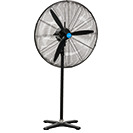 Workshop Fans and Coolers
Workshop Fans and Coolers Safety Barriers, PPE & Signage
Safety Barriers, PPE & Signage Barriers & Bollards
Barriers & Bollards First Aid Equipment
First Aid Equipment Gloves, Knives and PPE
Gloves, Knives and PPE Signage
Signage Cleaning & Site Supplies
Cleaning & Site Supplies Cleaning Equipment
Cleaning Equipment Cleaning Trolleys
Cleaning Trolleys Rubbish Bins
Rubbish Bins Signs & Traffic Supplies
Signs & Traffic Supplies Construction Equipment
Construction Equipment Construction Trolleys
Construction Trolleys Waste Handling
Waste Handling General Site Equipment
General Site Equipment Concrete Equipment
Concrete Equipment Site Storage
Site Storage Lifting Equipment
Lifting Equipment Verdex Specials
Verdex Specials






